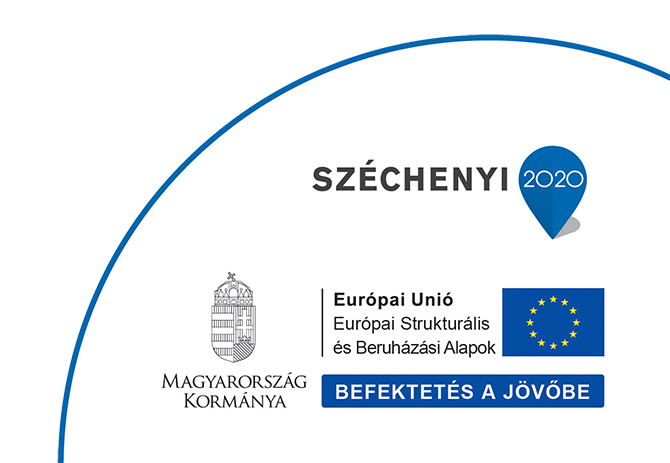Innovative production technologies, including 3D laser cutting, are playing an increasingly important role in the development of modern logistics systems. This technology enables precise, fast and cost-effective component production, which plays a key role in the development of warehousing, transport and material handling processes. In this article, we present the role of 3D laser cutting in the construction of logistics systems.
Concept of laser cutting
Laser cutting is an industrial machining process in which a high-energy laser beam is used to cut or shape materials, such as metals, plastics, wood or glass. The laser melts, burns, or vaporizes the material at high temperatures, while an auxiliary gas (such as oxygen or nitrogen) helps clean the cutting gap and remove the molten material.
The main features of laser cutting:
- High precision: Cuts with precision of up to micrometers can be made.
- Non-contact technology: The laser beam does not physically come into contact with the material, reducing the risk of mechanical damage.
- Versatility: Suitable for cutting various materials (metal, wood, plastic, glass, etc.).
- Automatability: In combination with CNC-controlled systems, it is also highly efficient for series production.
- Laser cutting plays an important role in the automotive, electronics, construction, and logistics systems design.
The most important things to know about laser cutting
Technology and Benefits of 3D Laser Cutting
3D laser cutting It is an advanced industrial process that provides the opportunity to machine metals and other materials with precise, complex geometries. The technology has the following main advantages:
- High precision: 3D laser cutting ensures micrometer precision, which is essential for the production of components for complex logistics systems.
- Faster Manufacturing Process: Compared to traditional mechanical machining methods, laser cutting is faster, more flexible, and requires less rework.
- Material conservation: With minimal waste, the technology is more cost-effective and sustainable than traditional cutting methods.
- Versatility: The precise machining of various materials, including steel, aluminum and plastics, allows the technology to be used on a wide scale.
Machines used in laser cutting
Laser cutting is carried out using different types of machines, which use different technologies depending on the area of application and material:
CO₂ Laser Cutting Machines
These machines are mainly suitable for cutting non-metallic materials such as wood, plastic and glass. CO₂ laser beams are highly accurate and powerful, making them ideal for industrial and artistic applications.
Fiber laser cutting machines
Fiber laser cutting machines are specially developed for metalworking and have higher energy efficiency than CO₂ lasers. They are great for cutting stainless steel, aluminum and copper.
Nd:YVO₄ Laser Cutters
These types of lasers are typically used to machine parts with fine details that require high precision, such as in the medical and electronics industries.
Application of laser-cut elements in logistics
Automated warehousing systems
Automated systems used in modern warehouses, such as Automated Storage and Retrieval Systems (AS/RS), metal structures and parts that require unique cutting precision are used. 3D laser cutting makes it possible to produce precise, modular elements of such systems.
Conveyors and material handling systems
Laser-cut parts They play a major role in the design of conveyors and other automated material handling systems used in logistics centers. The designability and high precision of individual components increase their efficiency and service life.
Robotic logistics systems
3D laser cutting also plays a key role in the production of structural elements for industrial robots and autonomous mobile robots (AMRs). Precise components enable efficient and reliable robotic material handling processes.
Why are more and more people choosing laser-cut elements in the field of logistics?
Cost and sustainability considerations
The cost-effectiveness of 3D laser cutting is not only due to lower production costs, but also to the use of more sustainable production methods. Less material loss, lower energy consumption and reduced CO2 emissions contribute to the environmentally friendly development of the logistics industry.
Continuous development that shapes the future
With the development of 3D laser cutting technology, production speed and material utilization efficiency are expected to continue to improve. The use of self-learning algorithms and artificial intelligence can further optimize cutting processes, reducing production errors and maximizing production efficiency.
Concluding thoughts
3D laser cutting is not only an innovative technology, but an essential tool that makes a significant contribution to the development and efficiency of logistics systems. Automated warehousing systems, intelligent material handling solutions and robotic logistics are all areas where precise and cost-effective production methods are essential. The technology also plays a key role in terms of sustainability, as it reduces material waste and energy consumption, while increasing the speed and flexibility of production. As the logistics industry moves more and more towards intelligent and automated systems, 3D laser cutting is becoming an indispensable element of modern industrial manufacturing. Technological advances and more sustainable production processes together will ensure that logistics systems will be even more efficient and precise in the future.
If you are looking for a metal fabrication company that is skilled in laser cutting and sheet metal processing field, you can contact us with confidence. With a number of logistics project works behind us, we can quickly and efficiently carry out the task entrusted to us.




